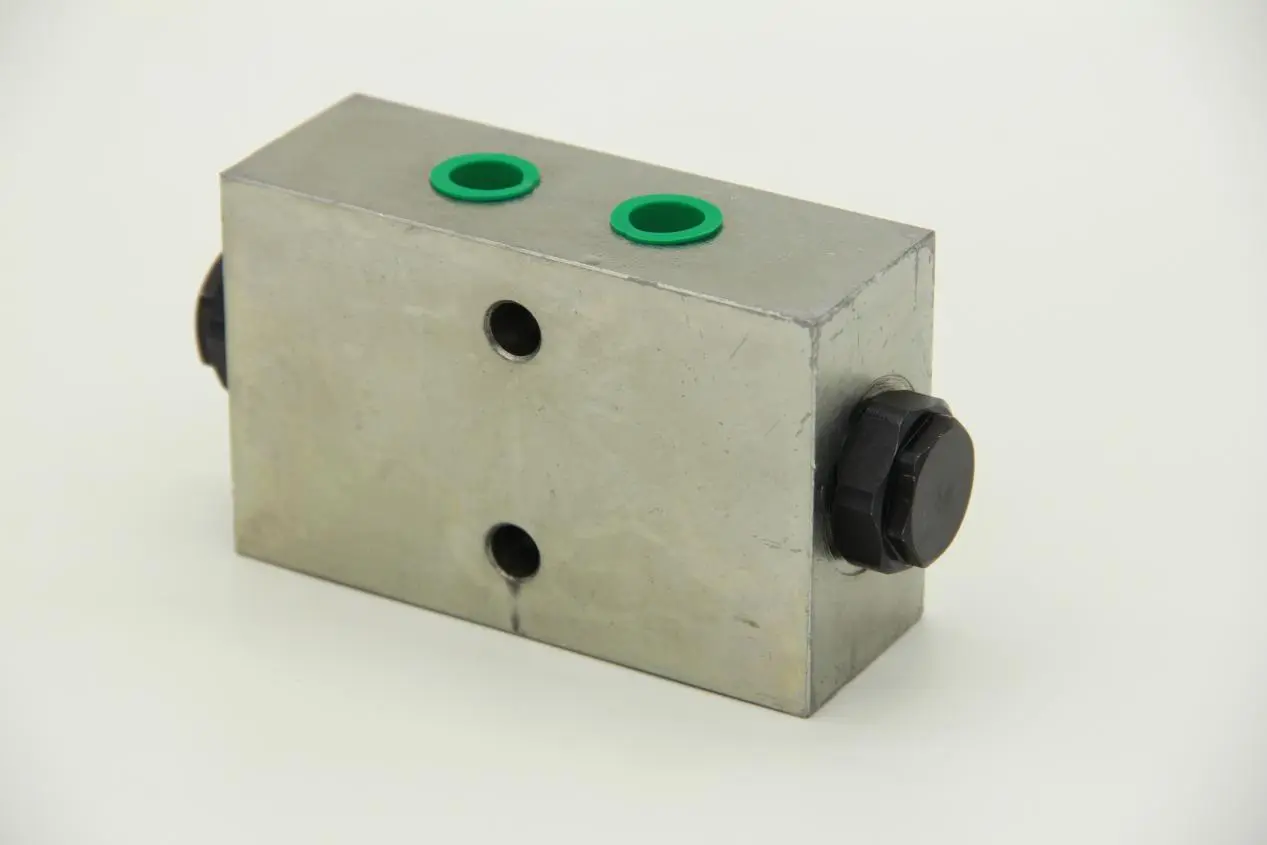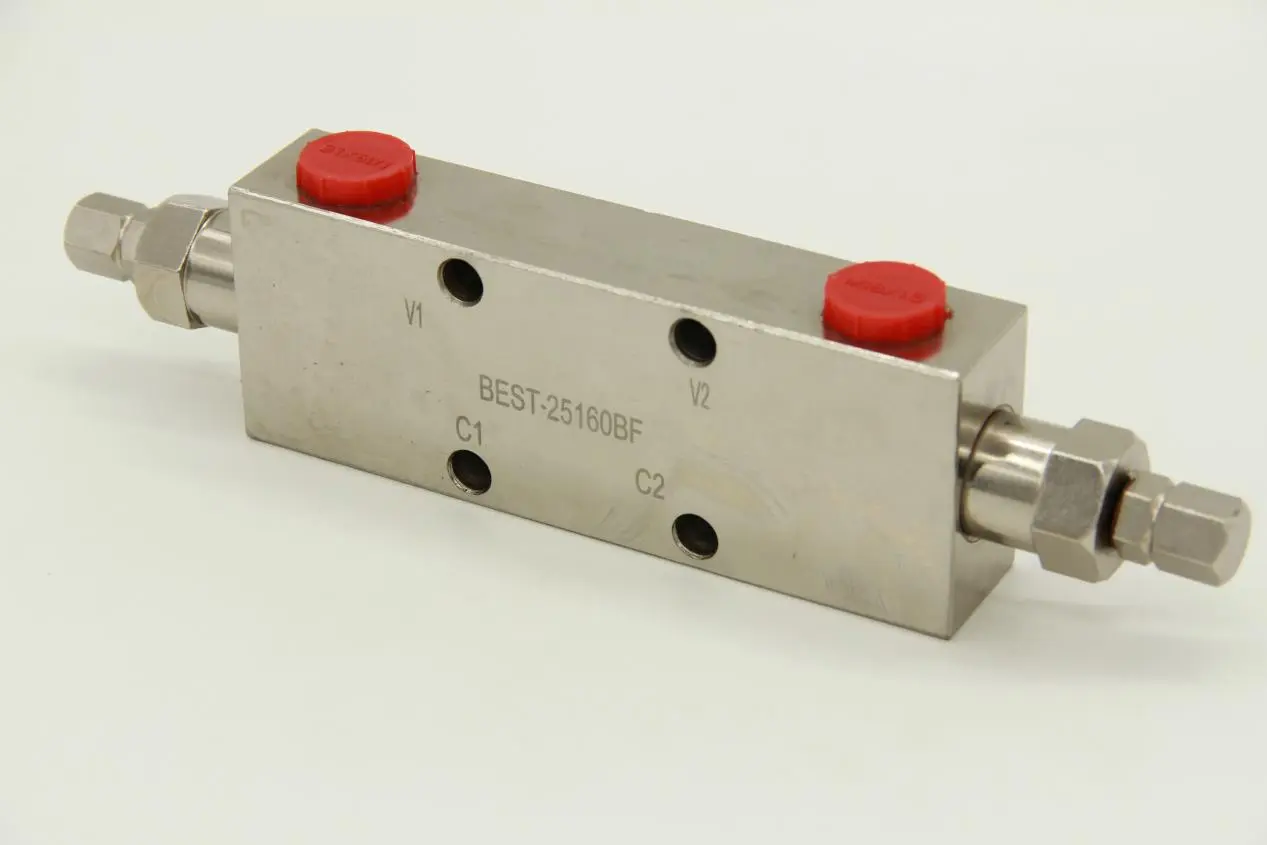
Correct Selection of Two-Way Hydraulic Locks and Balance Valves in Hydraulic Systems
2024-02-20Structural features of two-way hydraulic lock:
The two-way hydraulic lock is two hydraulically controlled one-way valves used together. It is usually used in load-bearing hydraulic cylinders or motor oil circuits to prevent the hydraulic cylinder or motor from sliding down under the action of heavy objects. When action is required, oil must be supplied to another circuit, and the one-way valve must be opened through the internal control oil circuit to allow the oil circuit to Only when it is connected can the hydraulic cylinder or motor operate.
Due to the mechanical structure itself, during the movement of the hydraulic cylinder, the dead weight of the load often causes an instantaneous loss of pressure in the main working chamber, resulting in a vacuum.
This situation often occurs in the following common machines:
①A vertically placed oil cylinder in a four-column hydraulic press;
② Upper mold cylinder of brick making machinery;
③Swing cylinder of construction machinery;
④The winch motor of the hydraulic crane;
The more commonly used hydraulic lock is a stacked one-way valve. When a heavy object falls by its own weight, if the control oil side is not replenished in time, a vacuum will be generated on the B side, causing the control piston to retreat under the action of the spring, causing the one-way valve to The valve is closed, and then the oil supply is continued to increase the pressure in the working chamber and then the one-way valve is opened. Such frequent opening and closing actions will cause the load to advance intermittently during the falling process, resulting in greater impact and vibration. Therefore, two-way hydraulic locks are usually not recommended for high-speed and heavy-load conditions, but are commonly used. It is suitable for closed loops with long support time and low movement speed.

2.Structural features of balance valve:
The balance valve, also known as the speed limit lock, is an externally controlled internal leakage one-way sequence valve. It consists of a one-way valve and a sequence valve used together. In the hydraulic circuit, it can block the oil in the hydraulic cylinder or motor oil circuit. The fluid prevents the hydraulic cylinder or motor from sliding down due to the weight of the load, and it acts as a lock at this time.
When the hydraulic cylinder or motor needs to move, fluid is passed to another oil circuit, and at the same time, the internal oil circuit of the balance valve controls the opening of the sequence valve to connect the circuit and realize its movement. Since the structure of the sequence valve itself is different from that of the two-way hydraulic lock, a certain back pressure is generally established in the working circuit when working, so that the main work of the hydraulic cylinder or motor will not generate negative pressure due to its own weight and overspeed sliding, so no forward movement will occur. Shock and vibration like a two-way hydraulic lock.
Therefore, balance valves are generally used in circuits with high speed and heavy load and certain requirements for speed stability.

3.Comparison of the two valves:
Through comparison, we can see that when using the two valves, they must be selected flexibly according to the needs of the equipment, and they must be used together when necessary.
4.Combined with the structural analysis of the balance valve and two-way hydraulic lock, we recommend:
① In the case of low speed and light load with low speed stability requirements, in order to reduce costs, a two-way hydraulic lock can be used as a circuit lock.
② In high-speed and heavy-load situations, especially where high speed stability requirements are required, a balance valve must be used as a locking component. Do not blindly pursue cost reduction and use a two-way hydraulic lock, otherwise it will cause greater losses.




